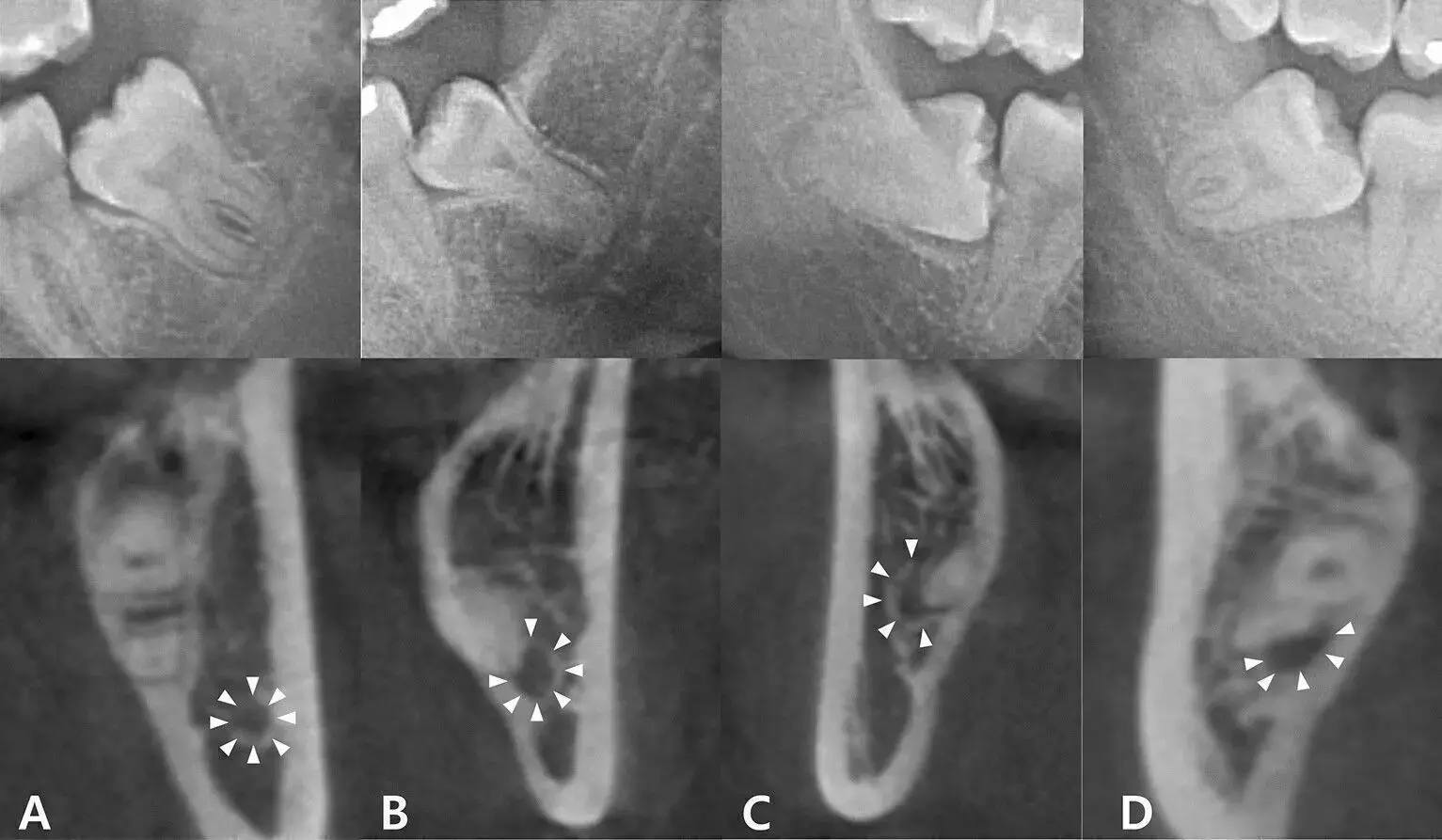- Home
- Medical news & Guidelines
- Anesthesiology
- Cardiology and CTVS
- Critical Care
- Dentistry
- Dermatology
- Diabetes and Endocrinology
- ENT
- Gastroenterology
- Medicine
- Nephrology
- Neurology
- Obstretics-Gynaecology
- Oncology
- Ophthalmology
- Orthopaedics
- Pediatrics-Neonatology
- Psychiatry
- Pulmonology
- Radiology
- Surgery
- Urology
- Laboratory Medicine
- Diet
- Nursing
- Paramedical
- Physiotherapy
- Health news
- Fact Check
- Bone Health Fact Check
- Brain Health Fact Check
- Cancer Related Fact Check
- Child Care Fact Check
- Dental and oral health fact check
- Diabetes and metabolic health fact check
- Diet and Nutrition Fact Check
- Eye and ENT Care Fact Check
- Fitness fact check
- Gut health fact check
- Heart health fact check
- Kidney health fact check
- Medical education fact check
- Men's health fact check
- Respiratory fact check
- Skin and hair care fact check
- Vaccine and Immunization fact check
- Women's health fact check
- AYUSH
- State News
- Andaman and Nicobar Islands
- Andhra Pradesh
- Arunachal Pradesh
- Assam
- Bihar
- Chandigarh
- Chattisgarh
- Dadra and Nagar Haveli
- Daman and Diu
- Delhi
- Goa
- Gujarat
- Haryana
- Himachal Pradesh
- Jammu & Kashmir
- Jharkhand
- Karnataka
- Kerala
- Ladakh
- Lakshadweep
- Madhya Pradesh
- Maharashtra
- Manipur
- Meghalaya
- Mizoram
- Nagaland
- Odisha
- Puducherry
- Punjab
- Rajasthan
- Sikkim
- Tamil Nadu
- Telangana
- Tripura
- Uttar Pradesh
- Uttrakhand
- West Bengal
- Medical Education
- Industry
AI-powered 3D models based on CBCT may predict injury risk to Inferior alveolar nerve after third molar extraction: Study

AI-powered 3D models based on CBCT may predict injury risk to the Inferior alveolar nerve after third molar extraction suggests a study published in the Journal Of Dentistry
A study was done to compare a three-dimensional (3D) artificial intelligence (AI)- driven model with panoramic radiography (PANO) and cone-beam computed tomography (CBCT) in assessing the risk of inferior alveolar nerve (IAN) injury after mandibular wisdom tooth (M3M) removal through a within-patient controlled trial. From a database of 6,010 patients undergoing M3M surgery, 25 patients met the inclusion criteria of bilateral M3M removal with postoperative unilateral IAN injury. In this within-patient controlled trial, preoperative PANO and CBCT images were available. At the same time, 3D-AI models of the mandibular canal and teeth were generated from the CBCT images using the Virtual Patient Creator AI platform (Relu BV, Leuven, Belgium). Five examiners, blinded to surgical outcomes, assessed the imaging modalities and assigned scores indicating the risk level of IAN injury (high, medium, or low risk). Sensitivity, specificity, and area under the receiver operating curve (AUC) for IAN risk assessment were calculated for each imaging modality.
Results: For IAN injury risk assessment after M3M removal, sensitivity was 0.87 for 3D-AI, 0.89 for CBCT versus 0.73 for PANO. Furthermore, the AUC and specificity values were 0.63 and 0.39 for 3D-AI, 0.58 and 0.28 for CBCT, and 0.57 and 0.41 for PANO, respectively. There was no statistically significant difference (p>0.05) among the imaging modalities for any diagnostic parameters. This within-patient controlled trial study revealed that risk assessment for IAN injury after M3M removal was rather similar for 3D-AI, PANO, and CBCT, with a sensitivity for injury prediction reaching up to 0.87 for 3D-AI and 0.89 for CBCT.
Clinical significance
This within-patient trial is pioneering in exploring the application of 3D AI-driven models for assessing IAN injury risk after M3M removal. The present results indicate that AI-powered 3D models based on CBCT might facilitate IAN risk assessment of M3M removal.
Reference:
Fernando Fortes Picoli, Rocharles Cavalcante Fontenele, Frederic Van der Cruyssen, Iraj Ahmadzai, Trigeminal Nerve Injuries research group, Constantinus Politis, Maria Alves Garcia Silva, Reinhilde Jacobs. Risk assessment of inferior alveolar nerve injury after wisdom tooth removal using 3D AI-driven models: A within-patient study, Journal of Dentistry, Volume 139, 2023, 104765, ISSN 0300-5712, https://doi.org/10.1016/j.jdent.2023.104765.
(https://www.sciencedirect.com/science/article/pii/S0300571223003512)
Dr. Shravani Dali has completed her BDS from Pravara institute of medical sciences, loni. Following which she extensively worked in the healthcare sector for 2+ years. She has been actively involved in writing blogs in field of health and wellness. Currently she is pursuing her Masters of public health-health administration from Tata institute of social sciences. She can be contacted at editorial@medicaldialogues.in.
Dr Kamal Kant Kohli-MBBS, DTCD- a chest specialist with more than 30 years of practice and a flair for writing clinical articles, Dr Kamal Kant Kohli joined Medical Dialogues as a Chief Editor of Medical News. Besides writing articles, as an editor, he proofreads and verifies all the medical content published on Medical Dialogues including those coming from journals, studies,medical conferences,guidelines etc. Email: drkohli@medicaldialogues.in. Contact no. 011-43720751


